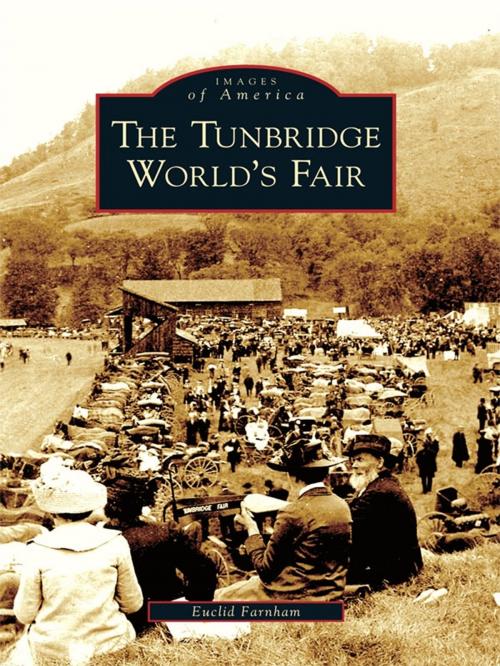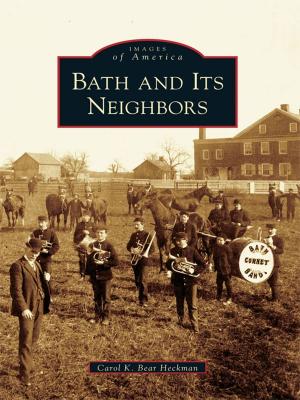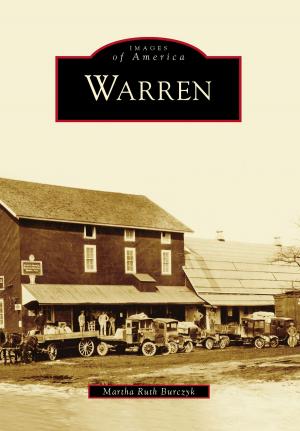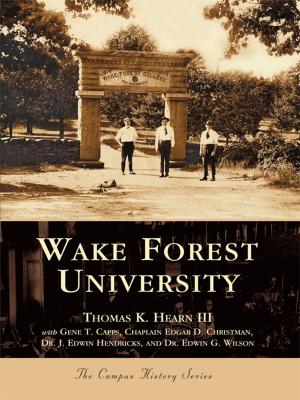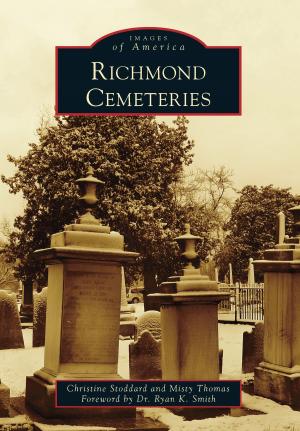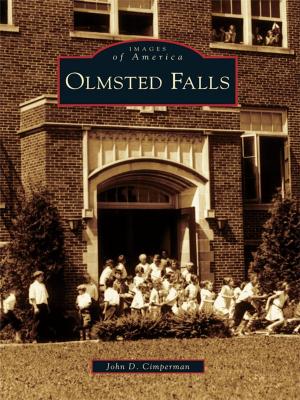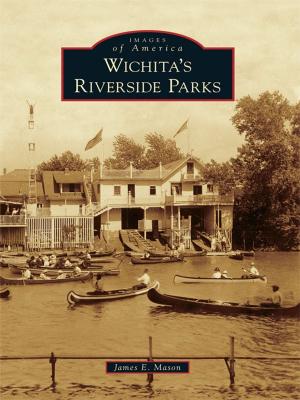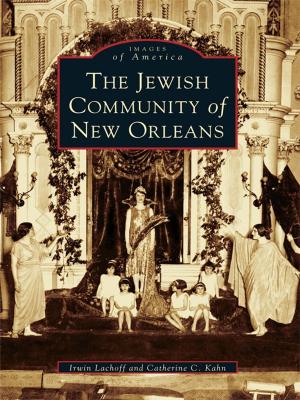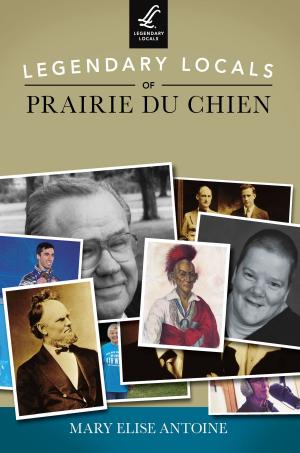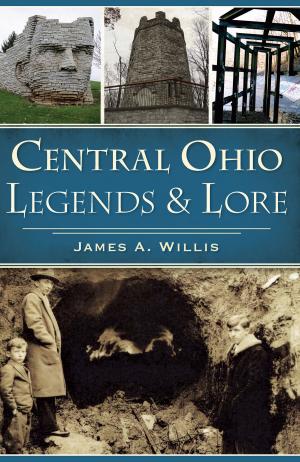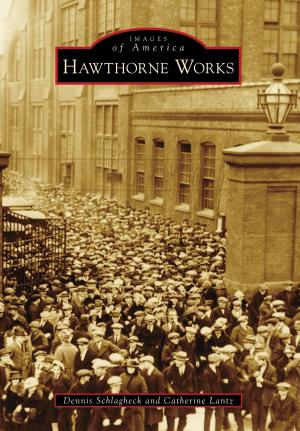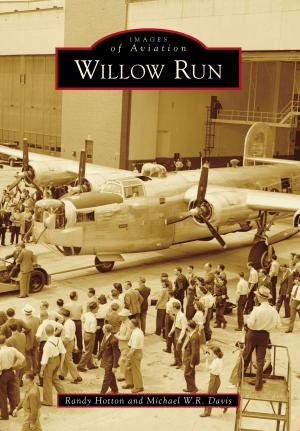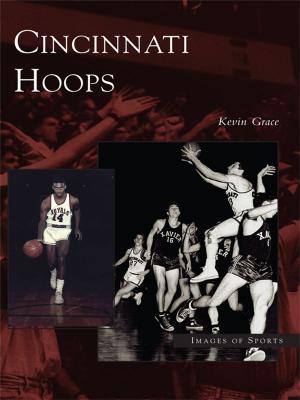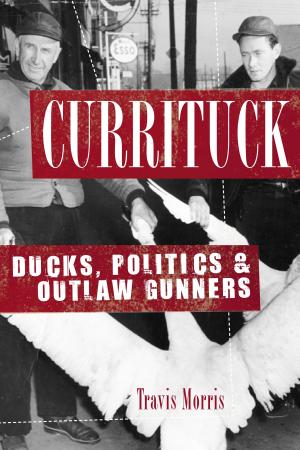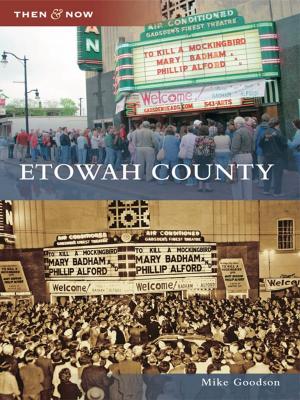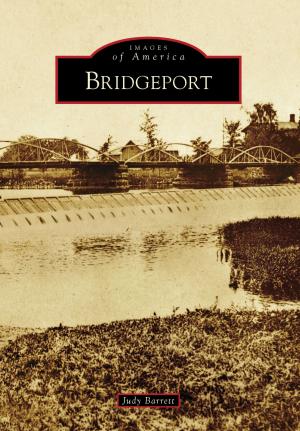The Tunbridge World's Fair
Nonfiction, Art & Architecture, Architecture, Public, Commercial, or Industrial Buildings, Science & Nature, Technology, Engineering, Photography| Author: | Euclid Farnham | ISBN: | 9781439636053 |
| Publisher: | Arcadia Publishing Inc. | Publication: | September 8, 2008 |
| Imprint: | Arcadia Publishing | Language: | English |
| Author: | Euclid Farnham |
| ISBN: | 9781439636053 |
| Publisher: | Arcadia Publishing Inc. |
| Publication: | September 8, 2008 |
| Imprint: | Arcadia Publishing |
| Language: | English |
Since its opening in 1867, the Tunbridge World's Fair has drawn hundreds of thousands of people to its one-of-a-kind event, showcasing the best of regional agriculture and entertainment. The fair, originally intended to determine who owned the fastest horse or best-looking cow, began as an improvised event in farmer Elisha Lougee's North Tunbridge pasture and quickly grew into the complex it is today, with well-developed fairgrounds centered around a half-mile racetrack. During the 1929 fair, the Log Cabin Museum was opened with many local residents reenacting the skills of the early settlers. Over the generations, the fair has matured into the best of its kind in northern New England.
Since its opening in 1867, the Tunbridge World's Fair has drawn hundreds of thousands of people to its one-of-a-kind event, showcasing the best of regional agriculture and entertainment. The fair, originally intended to determine who owned the fastest horse or best-looking cow, began as an improvised event in farmer Elisha Lougee's North Tunbridge pasture and quickly grew into the complex it is today, with well-developed fairgrounds centered around a half-mile racetrack. During the 1929 fair, the Log Cabin Museum was opened with many local residents reenacting the skills of the early settlers. Over the generations, the fair has matured into the best of its kind in northern New England.
